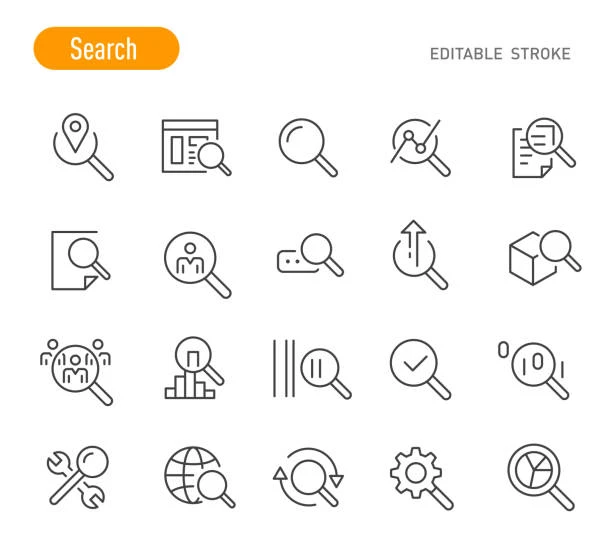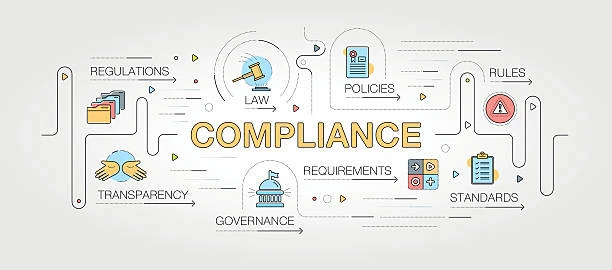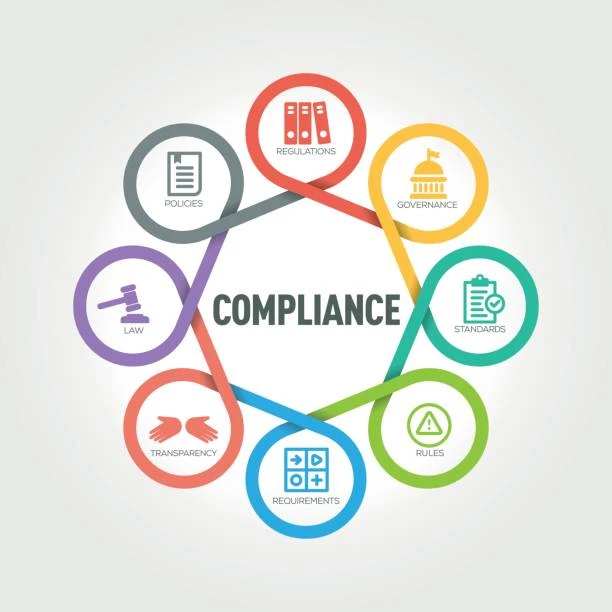With the full enforcement of the General Data Protection Regulation (GDPR), a new type of privacy professional emerged - Data Protection Officers (DPO).
Privacy professionals have always existed, but the implementation of GDPR has presented them with a new challenge. In addition to understanding laws and regulations, they now comprehend IT systems to locate where personal data is stored.
Conducting data discovery is crucial for maintaining compliance and strengthening your privacy program. To achieve this, ascertain the nature of the data you're handling, its storage location, and its usage. Let’s begin with understanding the data discovery.

What does data discovery mean
Data discovery involves identifying, organizing, and categorizing information in various IT systems. Its primary goal is to comprehend the stored and processed data, allowing the business to extract its total value.
When speaking in terms of personal data processing, data discovery is fundamental to achieving compliance. Personal data discovery detects all personal data you hold and discovers data processing activities your organization conducts. This allows you to set up appropriate technical and organizational measures and manage personal data compliantly. Next, let’s understand the importance to compliance.
What is the importance of data discovery in compliance
Numerous entities have accumulated and maintained personal data within their systems for diverse purposes that have now become obsolete. Organizations often have unused or hidden data they are unaware of, but it’s important to note that this data is still subject to GDPR principles and rules.
Anonymous personal data needs to be managed or protected effectively, as it’s vulnerable to data breaches and posing a risk to data protection. Furthermore, companies are now collecting more personal data than ever before. Many companies have a lot of personal data that is often considered unnecessary. Data discovery helps these companies become more efficient and streamlined.
Limiting access to personal information and specific types of data collected is a crucial step toward enhancing privacy and ensuring high-quality data. This measure minimizes the risks associated with privacy concerns and improve the overall quality of your data.
What makes data discovery crucial to organizations
Most modern companies gather and examine extensive amounts of personal data. This includes personal details from banks, retailers, social media platforms, and other groups.
● Names
● Ages
● Credit card numbers
● Addresses
● IP addresses
● Social Security numbers
● Driver's license numbers
This personal information is stored in countless places, which is indeed overwhelming to comprehend. Additionally, large organizations often need help to keep track of all the locations where they have stored sensitive data. Plans for data storage often become outdated, discarded, or forgotten over time.
Data processing becomes more efficient as technology advances. But the shift to cloud-based systems makes it harder to monitor information flow. Today's businesses gather and process vast amounts of data from various sources. With data coming from multiple directions, traditional processing methods need help to keep track of it all.
The issue is quite complicated: the amount of enterprise data has become so overwhelming that most people need to have knowledge about what they are missing. Through sensitive data discovery, organizations develop precise and up-to-date records that identify every location where personal information is kept.
After identifying and recording all stored data, the situation becomes more apparent. Organizational top executives make well-informed judgments about how to proceed.

The contribution of data discovery to regulatory compliance
Compliance with data regulatory requirements is contingent upon data discovery. Data protection begins with the discovery to comply with the GDPR and other regulations of a similar nature. No sensitive data needs to reside in unknown locations.
Where does unidentified data hide
Some businesses get into difficulty due to intentional violations of data privacy. In many instances, however, the issue is that organizations believe there is no sensitive data to discover. They often think they already know where all their data is or that they don’t store any sensitive information. In any event, verification is preferable to trust.
Therefore, if you consider, I already know where all my data is, you needn’t go through this section. You’re certainly not the first to say this or be caught off guard when anonymous data becomes problematic.
Data not discovered during acquisitions
With data from many different sources, businesses must consider more than just their practices. The Information Commissioner's Office (ICO) fined Marriott £18.4 million for failing to detect another company's error.
Let’s have a look at this case. During its 2016 acquisition of Starwood Hotels & Resorts Worldwide, the data protection authority determined that Marriot's due diligence needed to be improved. Specifically, Marriott failed to detect a cyberattack on Starwood in 2014, two years prior. Marriott didn’t even own Starwood when the breach occurred. 2018 saw the imposition of an £18.4 million ICO sanction on the hotel chain, which was left holding the purse.
Absence of transparency in the data lifecycle
Vodafone, for example, was fined €8.15 million by the Spanish data protection body AEPD in 2021 for various GDPR infractions. Adequate and continual data discovery has prevented these infractions.The AEDP found that Vodafone needed its marketing partners to filter their data. Ethical marketing issues were many. Vodafone didn’t demonstrate data lifecycle monitoring.
Data discovery hasn't fixed Vodafone's other difficulties. However, proper data monitoring has made it harder to ignore other mistakes, revealing a handful. Outbound campaigns seldom removed opt-outs.
A human mistake occurred when Vodafone management reviewed opt-out listings. AEPD opposed this human-driven procedure. Humans no longer discover data best. Expand enterprise-level data discovery procedures.

What does data discovery look like
Undiscovered data often results in compliance issues, so how does data discovery aid in avoiding such scenarios? The path from discovery to compliance roughly resembles the following.
1. Discovery – Initially, conduct a comprehensive inventory of all sensitive data stored throughout the organization.
2. Classification - When deciding how to categorize information, think back to what you learned in the discovery phase about the data's sensitivity and the level of danger it poses. Ensure every piece of information is correctly labeled according to its content, format, and access permissions.
3. Protection - Implement the proper security measures to safeguard data against internal and external threats. After implementation, hazards and responses need to be continuously monitored.
4. Compliance – Maintain up-to-date data processing records and submit other required reports as per applicable privacy laws.
The first step in tackling the many problems that often arise with organizational data security is making a comprehensive data discovery.
Data discovery methodologies
Most individuals prefer exploring a company's data for sensitive information. It’s indeed challenging, given how fast new details are created. Manual data discovery is no longer needed, thanks to technology.
Data discovery comes before intelligent data discovery. Data was stored in papers that had to be found manually. Here are some examples.
-
Do HR's shared disk and her PC include all Billy's workers' files?
-
Why are Admir's vendor contracts under the ‘Approved Vendors’ subfolder and Sharon's in ‘Accounts Payable’?
Since data discovery was so time-consuming, specialists started demanding excessive charges. Manual data discovery is error-prone regardless of cost. Regulatory noncompliance due to human mistakes, such as data storage location neglect, is unacceptable.
Automated data discovery helps here. Modern data discovery tools save time and eliminate human mistakes.They discover all a company's confidential data. These methods detect even the most obscure places, making data impossible to hide.
Governed data discovery
If you go by the governed data discovery definition, it’s a method for satisfying business consumers' needs for simple data delivery and IT requirements for handling and safeguarding that data. Before users are able to access governed data, it’s administered and protected by a governing department IT. By centralizing data storage, retrieval, and dissemination (and its derivatives), there is a guarantee of its quality and safety, giving users access only to reliable information.

Simplify the data exploration procedure
The utility of automated data discovery is proportional to the duties that have been automated. Verifying that a solution for discovering sensitive information satisfies an organization's technological needs is essential before implementing it. For instance, it’s considered to be beneficial to pose the following questions:
-
Is the tool using AI to grasp the context of both organized and unstructured data?
-
Do cloud computing and big data play a role?
-
Is your data discovery tool equipped with categories for all prevalent PII (Personally Identifiable Information) and PHI (Protected Health Information) data?
-
Is it possible to create custom classifications?
-
Are customizable scanning methods available, such as possibly scanning new data incrementally?
-
Does your instrument yield a scorecard that highlights risk and includes confidence scores?
-
Will your sensitive data discovery scan the source code to see who has access and why?
-
Is there a historical look at the data's current location in the automated discovery?
-
Does the leadership have access to an up-to-date data flow map to comprehend the circulation of sensitive data?
-
Does the data discovery instrument support all essential data sources?
Establish regulatory compliance
Your company needs a data discovery tool tailored to reach its goal. Check that your desired solution is able to manage data types required by GDPR, HIPAA (Health Insurance Portability and Accountability Act), CCPA (California Consumer Privacy Act of 2018), etc. A sensitive data discovery solution offers the following characteristics to help businesses stay compliant and demonstrate compliance.
-
Dashboards that assess sensitive data risk by datastore.
-
Automated regulatory compliance security reports Audit-friendly reporting of all sensitive data.
As data privacy regulations become increasingly complex, effort isn’t rewarded. A data protection plan isn’t good enough unless it’s entirely accurate. Without a comprehensive discovery process, there is no way to determine whether data is adequately protected.


No comments yet